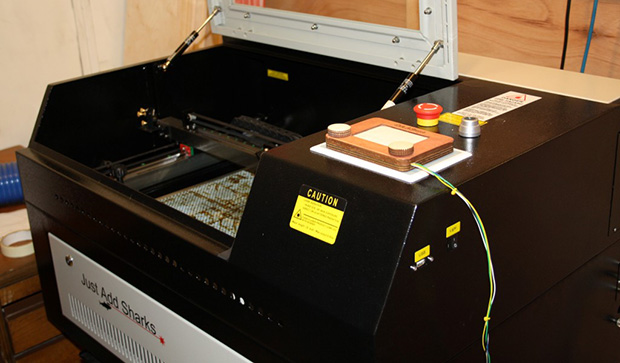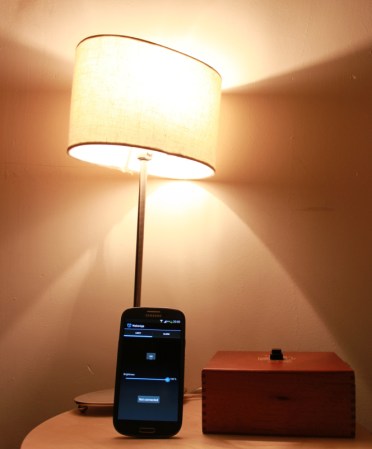
You’re likely aware of the protests and demonstrations happening throughout Venezuela over the past few months, and as it has with similar public outcries in recent memory, technology can provide unique affordances to those out on the streets. [Alfredo] sent us this tip to let us know about riotNAS: a portable storage device for photos and videos taken by protesters (translated).
The premise is straightforward: social media is an ally for protesters on the ground in these situations, but phones and cameras are easily recognized and confiscated. riotNAS serves up portable backup storage via a router running OpenWRT and Samba. [Alfredo] then connected some USB memory for external storage and a battery that gives around 4 hours of operating time.
For now he’s put the equipment inside a soft, makeup-looking bag, which keeps it inconspicuous and doesn’t affect the signal. Check out his website for future design plans—including stashing the device inside a hollowed out book—and some sample photos stored on the riotNAS system. If you’re curious what’s going on in Venezuela, hit up the Wikipedia page or visit some of the resources at the bottom of [Alfredo’s] site.






 [Chris] works as part of a small team of developers in Cambridge, Massachusetts in the US. [Timo], one of their core members, works remotely from Heidelberg, Germany. In order to make [Timo] feel closer to the rest of the group,
[Chris] works as part of a small team of developers in Cambridge, Massachusetts in the US. [Timo], one of their core members, works remotely from Heidelberg, Germany. In order to make [Timo] feel closer to the rest of the group, 










